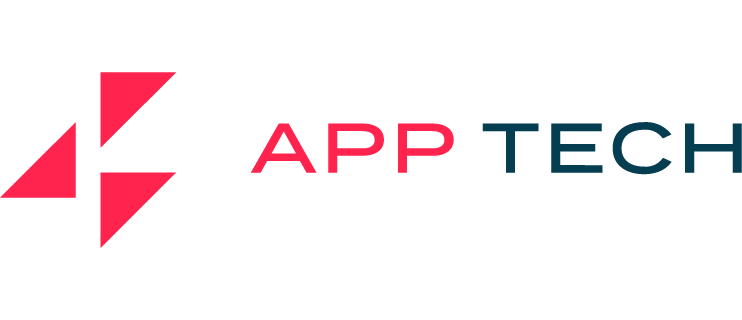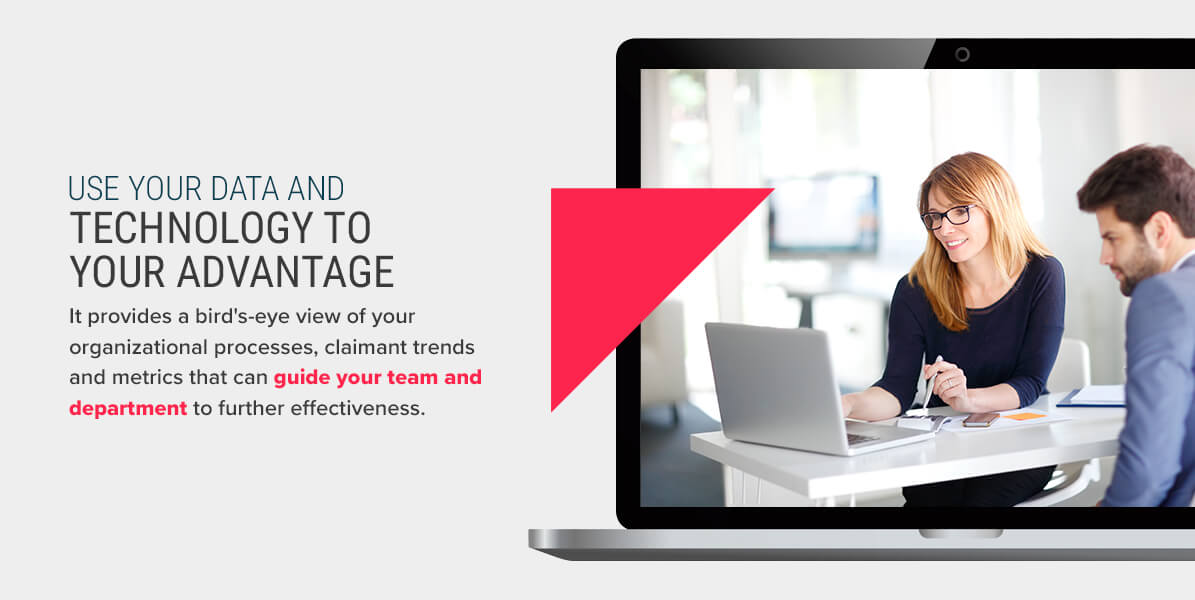As a business owner, it is important to examine potential commercial risks and implement strategies to deal with them. One efficient approach is purchasing insurance. However, for some businesses, traditional insurance is too expensive or generally incapable of meeting their needs. As a result, self-insurance has become an attractive alternative.
But what is self-insurance all about? How does it even work? Are there specific types of coverages for self-insured businesses? How can you manage your claims effectively? This self-insurance guide addresses all these concerns.
What Is Self-Insurance?
Self-insurance is an alternative to purchasing traditional, “dollar one” insurance, where businesses set aside money to pay for possible losses. As opposed to traditional insurance, which involves a third-party insurance provider, the business incurs the costs for accidents, medical bills, thefts, lawsuits and so on from their own pockets.
There are many reasons for self-insuring your business. For example, you can save money you would otherwise spend on insurance premiums and invest it in other parts of your business. It allows you to set money aside to cater to perils as they arise, thereby preventing overpayment. Additionally, depending on how you manage the savings, it can yield interest, especially when you have infrequent losses. Self-insurance also gives you tailored coverage since you can create an insurance plan that favors your business needs.
While enjoying all these benefits, self-insured businesses must comply with all relevant federal and state insurance regulations. For example, although business owners have the freedom to plan their insurance, certain coverages like workers’ compensation, unemployment and disability insurance are mandatory.
One significant challenge self-insurers face is claims management, especially when there are large volumes of data. The good news is that you can use advanced cloud-based tools to simplify your claims management. Incident-based cloud management technology facilitates data-driven insights, provides audit capabilities and custom reporting and generally streamlines every aspect of self-insurance claims management.
How Does Self-Insurance Work?
Self-insured businesses assess potential risks and set aside money to cover expenses, if those events occur. When someone files a claim, the company pays directly from its own funds. The employer may create a dedicated team to monitor and process claims or hire the services of a third-party administrator (TPA) to handle all things claims related. Alternatively, the business can manage some parts of the self-insurance program and reserve other functions for a TPA.
The dedicated staff or TPA will calculate the amount to set aside, considering your insurance needs, potential risks, and the expected claims that could arise. Anticipating these challenges and potential costs will determine your risk tolerance.
For example, if your business has a high chance of encountering lawsuits — as in the case of product defects, professional liability or personal injuries — you will set aside money for indemnity settlements plus expenses like attorney fees and court expenses. If your business collects, stores and uses large volumes of customer data, reserving money for potential data breaches and the costs to resolve them will be required.
After weighing out the possibilities of losses, the business will determine what its self-insured retention (SIR) should be. Although a business is “self-insured,” it is unlikely to be self-insured to unlimited liability. The self-insured retention is the amount of money a business covers itself, before the excess / stop-loss coverage kicks in. Limits are typically set on a per-occurrence basis and on an aggregate basis. The higher the retention, the lower the insurance premiums will be, but the more risk the business bears in the event of a loss. Once the self-insured retention limits are reached, an insurance carrier will cover costs, limiting liability to the business.
Whether you develop an internal self-insurance team, partner with a TPA or leverage the advantages of both, using a cloud management software to manage claims within the self-insured retention is recommended. An incident-based self-insurance claims management technology combines data from internal and external sources in a system, giving you a single source of truth.
What Does Self-Insurance Cover?
Four common self-insurance coverages for businesses are
- General liability insurance: Business or general liability insurance covers claims during normal business operations, like slips and falls and property damage. The coverage may change depending on the nature of the business you operate.
- Property insurance: Self-insured businesses may set aside money for damages to commercial assets, like buildings, inventory and equipment. Potential risks include theft, fire and flood damage.
- Auto insurance: Auto or vehicle insurance is necessary for businesses that own commercial vehicles, like vans and trucks. The coverage may pay for property damage and injuries if an employee causes an accident.
- Workers’ compensation insurance: Insurance covering job-related injuries to employees. Rules vary significantly by state.
How Is Self-Insurance Different From Traditional Insurance?
The obvious difference between self-insurance and traditional insurance is the absence of a third-party provider. This means, for all claims up to your self-insured limit, you need to do everything the third-party insurance provider would do yourself or with the assistance of a TPA. Instead of purchasing full coverage from an insurance company, the business saves cash and creates a reserve for covering potential losses. The business owner uses an internal insurance team or TPA to determine how much would be enough to cover the losses. For example, in the case of workers’ compensation, the company acts as the employer and insurance provider to the employees and generally bears the potential liabilities that would otherwise be covered by an insurance carrier.
Are There Any Requirements for Self-Insurance?
Self-insured businesses should meet the following requirements:
- Legal compliance: The company must comply with all relevant insurance laws and regulations, considering the mandatory coverages.
- Financial stability: Self-insured businesses should be financially stable and capable of covering expenses that arise.
- Risk assessment: The employer should have a team for comprehensive risk assessments and mitigation.
- Administration: It is best to have claims management systems to streamline insurance administration.
The specific requirements will vary by state and by the type of coverage being self-insured. Workers’ compensation has far more regulatory requirements than property insurance. Therefore, it is common for business to self-insure certain types of losses (e.g. property) and maintain traditional insurance for others (e.g. workers’ compensation).
How Do You Become Self-Insured?
Here are five ways you can manage self-insurance:
1. Create a Strong Team
Whether you establish an internal insurance and risk assessment team or choose a TPA, ensure the team is well-positioned to provide the required service. The insurance professionals should understand your business needs and offer clear plans to deliver results. Additionally, the team should ensure compliance with federal and state laws.
2. Do a Comprehensive Cash Flow Analysis
Self-insurance is only possible if you have sufficient funds to cover losses. Therefore, it’s vital to do a comprehensive financial analysis to understand your financial situation and insurance needs. This would help you determine how much loss you can cover and set limits that don’t endanger the health of the business.
3. Develop a Self-Insurance Policy
Develop a policy or guideline that covers eligibility, exclusions, benefit coverages, policy limits, and cost-sharing. Weigh the advantages of the self-insured plan, such as the lower cost coverage and flexibility against administrative responsibilities and increased risks. This will help you know whether the plan is effective and worth pursuing.
4. Get Stop-Loss Insurance Coverage
Stop-loss insurance is the coverage that reimburses self-insured businesses for high claims or those that exceed the self-insured retention’s limits. The employer sets a claim limit, above which the claims carrier will cater to the difference. It is like insuring your insurance. The arrangement helps businesses address unexpected risks.
5. Use Claims Management Software
Incident-based claims management solutions designed for self-insured businesses have many benefits. They enable you to learn from every incident and identify the root cause of accidents. That way, you can adequately assess the risks and implement strategies to reduce them. Leveraging these advanced solutions saves money and ensures you are maximizing savings for your self-insured program.
APP Tech — Claims Management Software for Self-Insured Businesses
Self-insured businesses assume the company’s potential risks instead of relying on third-party insurers for coverage. This saves money and allows the business to create a tailored plan according to its needs. While managing self-insured companies can be complex, cloud management software makes claims processing simple and efficient.
APP Tech’s Cloud Claims is an advanced incident-based system that provides end-to-end cloud solutions for your claims management. It enables you to analyze losses, track claims and policies, and track all your finances. Cloud Claims is also customizable. If you want to learn more about how to streamline your claims management processes, contact us now!


















